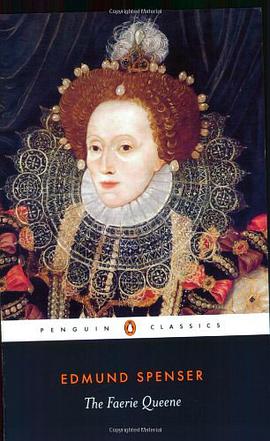The Faerie Queene
内容简介
The Faerie Queene was the first epic in English and one of the most influential poems in the language for later poets from Milton to Tennyson. Dedicating his work to Elizabeth I, Spenser brilliantly united medieval romance and renaissance epic to expound the glory of the Virgin Queen. The poem recounts the quests of knights including Sir Guyon, Knight of Constance, who resists temptation, and Artegall, Knight of Justice, whose story alludes to the execution of Mary Queen of Scots. Composed as an overt moral and political allegory, The Faerie Queene, with its dramatic episodes of chivalry, pageantry and courtly love, is also a supreme work of atmosphere, colour and sensuous description.
Epic poem that was published between 1590 and 1609 by Edmund Spenser. It is the central poem of the Elizabethan period and is one of the great long poems in the English language. A celebration of Protestant nationalism, it represents infidels and papists as villains, King Arthur as the hero, and married chastity as its central value. The form of The Faerie Queene fuses the medieval allegory with the Italian romantic epic. The plan was for 12 books (of which six were completed), focusing on 12 virtues exemplified in the quests of 12 knights from the court of Gloriana, the Faerie Queene, a symbol for Elizabeth I herself. Arthur, in quest of Gloriana's love, would appear in each book and come to exemplify Magnificence, the complete man. Spenser took the decorative chivalry of the Elizabethan court festivals and reworked it through a constantly shifting veil of allegory, so that the knight's adventures and loves build into a complex, multileveled portrayal of the moral life. The verse, a spacious and slow-moving nine-lined stanza (see SPENSERIAN STANZA), and Spenser's archaic language frequently rise to an unrivaled sensuousness. The first installment of the poem (Books I-III) was published in 1590; the second, which contained Books I-III and Books IV-VI, in 1596. The first folio edition, with Books I-VI and the MUTABILITIE CANTOS fragment, appeared in 1609. -- The Merriam-Webster Encyclopedia of Literature
......(更多)
作者简介
......(更多)
目录
......(更多)
读书文摘
And hide thy head 藏起你的贵头
......(更多)






